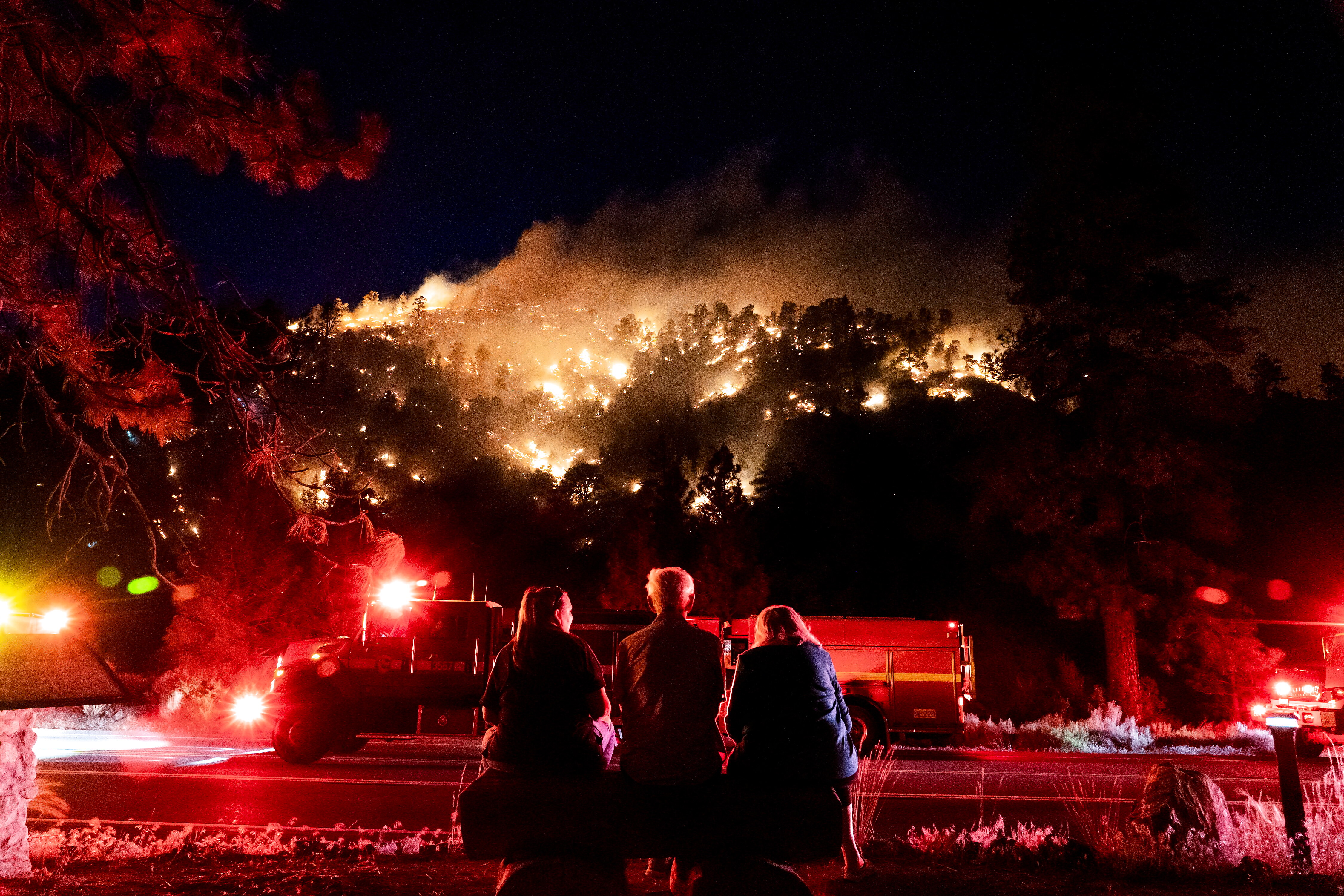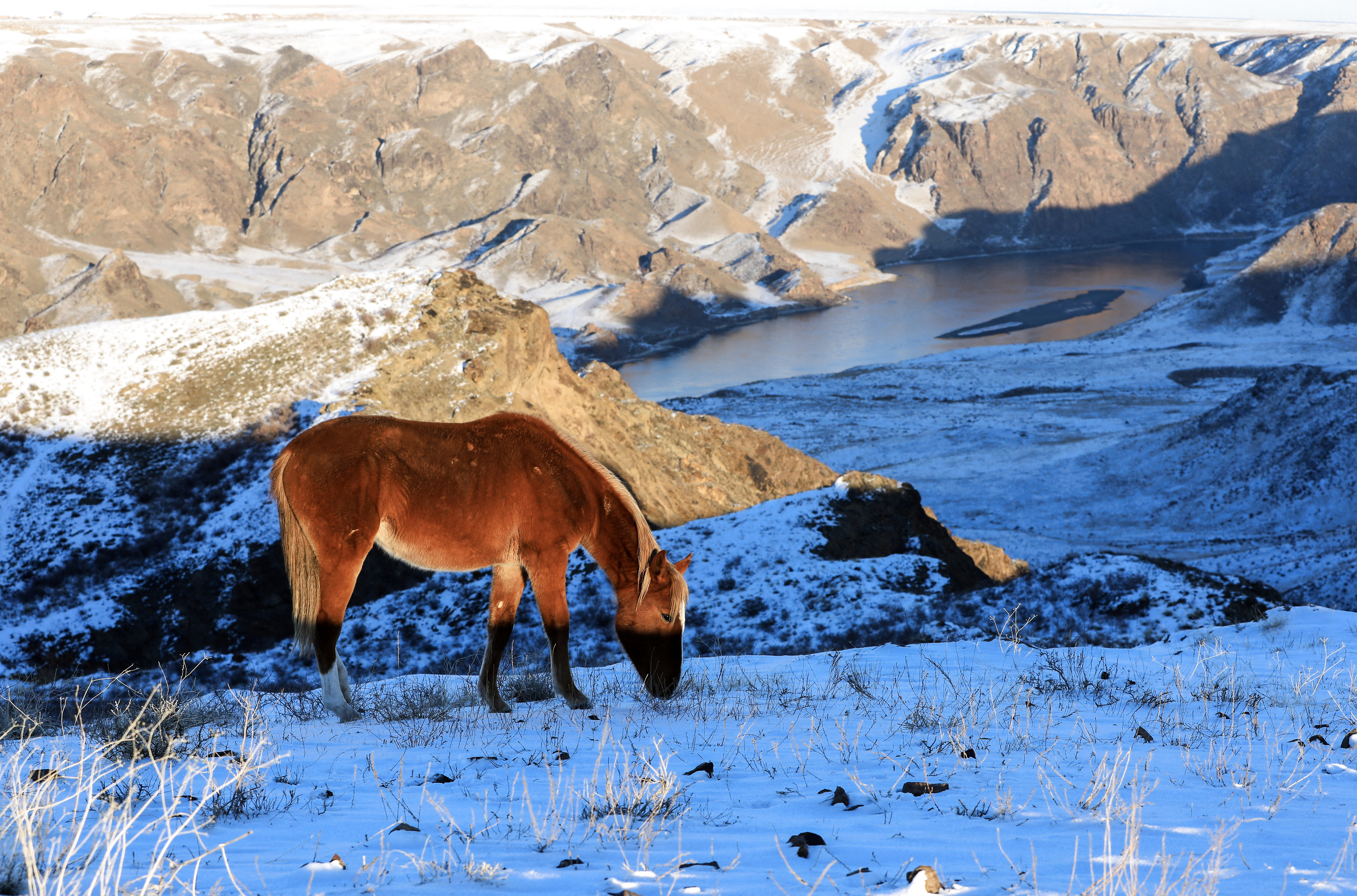
views
Negotiators at a United Nations biodiversity conference early Monday reached a historic agreement that would represent the most significant effort to protect the world’s lands and oceans while also providing critical funding to save biodiversity in the developing world.
The global biodiversity framework is released on the same day that the United Nations Biodiversity Conference, or COP15, concludes in Montreal.

China, which holds the presidency at this conference, released a new draft on Sunday that gave the sometimes contentious talks much-needed momentum.
“We have in our hands a package which I think can guide us as we all work together to halt and reverse biodiversity loss and put biodiversity on the path to recovery for the benefit of all people in the world,” Chinese Environment Minister Huang Runqiu told delegates before the package was adopted to rapturous applause just before dawn.
“We can be truly proud.”
But what does the agreement entail, and why is it historic? News18 explains:
30 by 30

The most high-profile target at Cop15 has inspired and divided in equal measure, taken from Harvard biologist EO Wilson’s vision of protecting half the planet for humanity’s long-term survival.
The final text commits governments to conserving nearly a third of the Earth’s surface for nature by 2030, while also respecting indigenous and traditional territories in the expansion of new protected areas.
The language emphasises the importance of effective conservation management in order to ensure that wetlands, rainforests, grasslands, and coral reefs are adequately protected, not just on paper, the Guardian explained in its report.
It is the most significant part of the agreement – the commitment to protect 30% of land and water considered important for biodiversity by 2030, known as 30 by 30. Currently, 17% of terrestrial and 10% of marine areas are protected.
Going the Indigenous Way

Indigenous peoples are mentioned 18 times in the targets for this decade to halt and reverse biodiversity loss, which activists hail as a historic victory, the report said.
Several scientific studies have found that Indigenous peoples are the best environmental stewards, accounting for 5% of humanity while protecting 80% of the Earth’s biodiversity.
Indigenous peoples face human rights violations, violence, and land grabs from Brazil to the Philippines.
The language in the text is clear: if we are to take real action on biodiversity, indigenous-led conservation models must become the norm this decade.
Against ‘Environmentally Harmful’ Subsidies
According to a study published earlier this year, the world spends at least $1.8 trillion (£1.3 trillion) per year on government subsidies that contribute to the extinction of wildlife and an increase in global warming.
The failure of last decade’s biodiversity targets was largely due to a lack of reform on environmentally harmful subsidies, and governments have now agreed on the importance of making a change.
A Shift in Business Practices

Although the language was watered down in the final text, target 15 of the deal requires governments to ensure that large and transnational companies disclose “their risks, dependencies and impacts on biodiversity”.
If implemented, this could signal the beginning of a significant shift in business practises.
About half of global GDP is dependent on the healthy functioning of the natural world, according to the UN, and biodiversity loss is rapidly shooting up the agenda of corporate risks.
Several countries are already developing rules for sustainable sourcing, on products from palm oil to rubber, which look set to spread after the Kunming-Montreal pact.
A strategy for combating digital biopiracy
Prior to Cop15, digital sequence information (DSI) was a contentious hot potato that few truly understood.
DSI refers to digitised genetic information derived from nature, which is frequently used to develop new drugs, vaccines, and food products.
These digital forms of biodiversity are derived from rainforests, peatlands, coral reefs, and other diverse ecosystems, but they are difficult to trace back to their source country, as many developing countries are now demanding payment for the use of their resources.
In Montreal, an agreement was reached to create a DSI funding mechanism in the coming years, which has been hailed as a historic victory for African states who had called for its creation prior to the summit, the Guardian reported.
With inputs from the Associated Press
Read all the Latest Explainers here


















Comments
0 comment